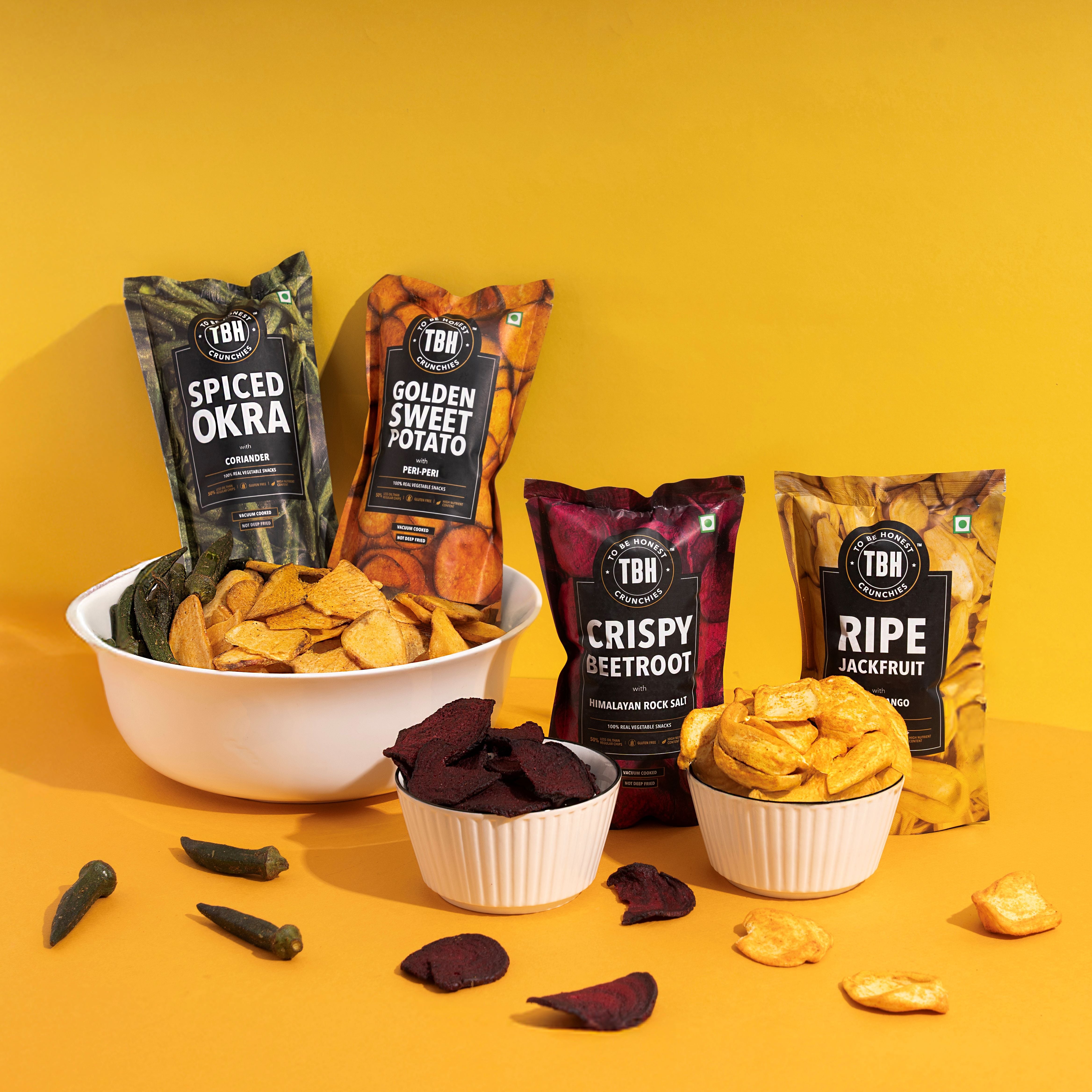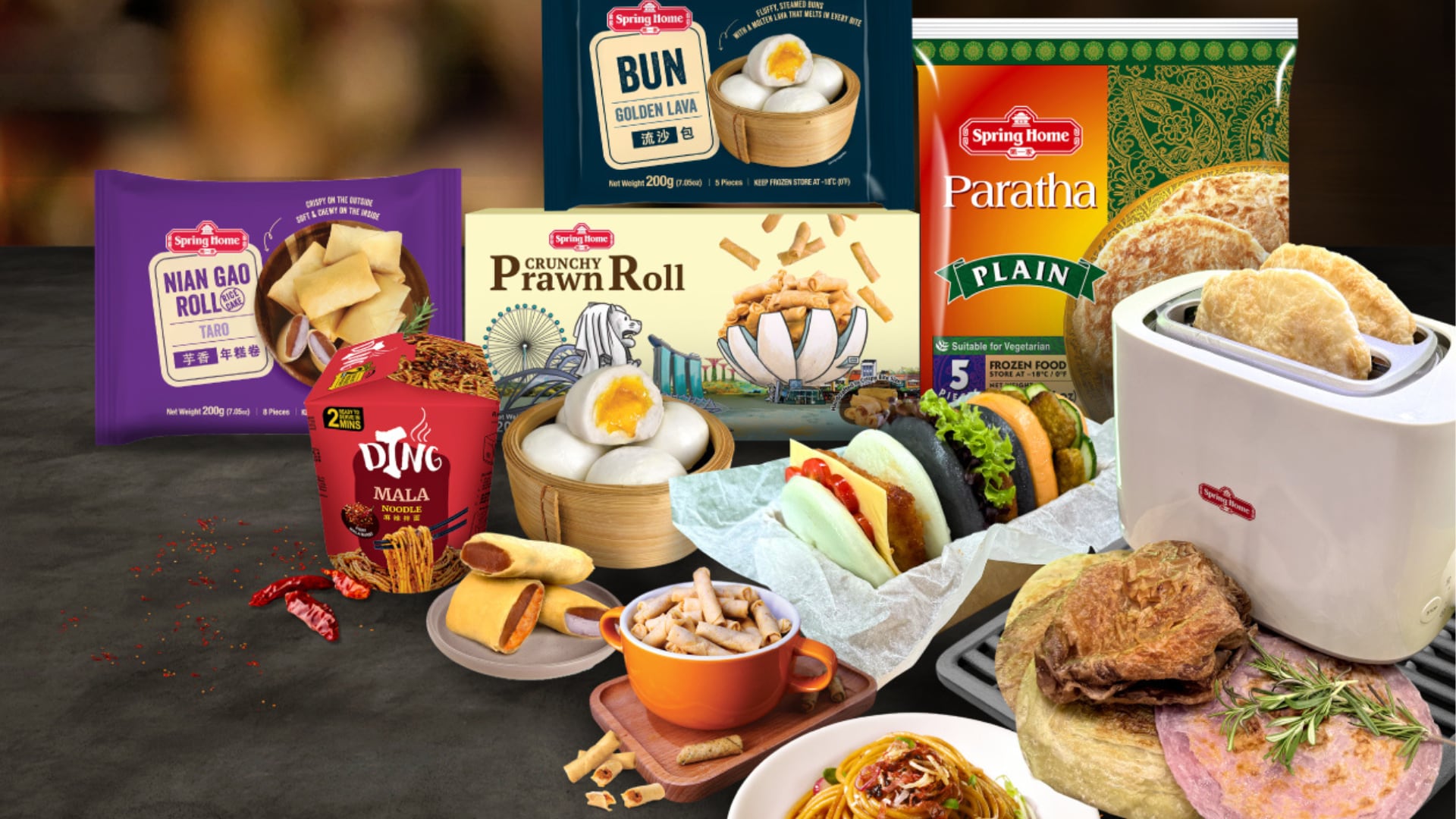Ritter Sport taps pack variety and Dubai Chocolate craze for APAC push
Ritter Sport is leveraging the Dubai Chocolate craze and its expertise in multi-variety products to grow appeal with diverse consumer groups in APAC
Famed for its square format and colourful packaging, Ritter Sport is pushing the envelope when it comes to offering consumers variety and choice when making chocolate purchases.
“We do a lot of product mixes with multiple flavours of mini squares in a single larger packaging – the most recent of these has been a mix of our best-selling classic flavours Alpine Milk, Salted Caramel, Crispy Flakes, Strawberry Yoghurt and Butter Biscuit in a single tower packaging,” Ritter Sport Marketing Manager Global Travel Retail Kerstin Kruger-Worreschk told us.
MILO at 75: Exclusive behind-the-scenes look at iconic Nestlé brand
Explore how Nestlé’s MILO is made with rare behind-the-scenes access and exclusive insights into its production, branding, and legacy in Asia
MILO is arguably Nestle’s most well-known and successful brand in Asia, with the iconic chocolate malt drink considered to be a breakfast staple in many markets across the region.
That said, very little attention has been paid to its production process. So, for the first time in MILO’s 75-year history in Singapore, Nestlé has opened its doors for industry players to get a closer look at the region’s most-beloved malt drink.
Thai Union taps Mitsubishi investment to boost global seafood growth
Seafood giant Thai Union predicts steadier supply chains and increased high-potential innovations with Mitsubishi’s increased 20% stake
Mitsubishi Corporation (Mitsubishi) is one of Japan’s largest conglomerates, with interests in many fields from technology to energy all over the world.
It also owns salmon farming company Cermaq, making Mitsubishi one of the world’s largest salmon farmers operating in markets like Canada and Norway, producing some 200,000 tons of salmon every year; and also has numerous aquaculture and seafood distribution businesses under its portfolio.
This seafood expertise is what Thai Union hopes to tap on, leasing to a relatively rapid acceptance of Mitsubishi’s recent 4 August 2025 general offer to acquire additional shares.
Agthia profits fall amid weak snack and protein demand
The firm has posted a second straight quarterly profit drop as snack and protein demand weakens, highlighting geopolitical and supply challenges in the region
Middle East food and beverage heavyweight Agthia recently announced its H1FY2025 financial results, reporting a -11.4% year-on-year decline in revenue to AED1.3bn (US$353.9m) and a -32.5% year-on-year decline in net profits at AED86m (US$23.4m).
The firm, which remains one of the region’s largest leading food and water manufacturers, attributed these losses to a drop in protein sales (-15.7%) impacted by devaluation of the Egyptian pound and market pressures in Jordan; as well as snacking sales (-8.2%) impacted by the prices of dates, its main snacking ingredient.
Planet, people, nutrition: Samyang’s three-pronged sustainability drive
Samyang Foods is ramping up its eco-friendly product development and nutrition-focused offerings as part of a broader sustainability strategy
Korea’s pioneering instant noodle brand Samyang Foods has reduced the carbon footprint of its Buldak Ramen with new rooftop solar power system at its Miryang production complex – a central hub for Samyang’s global exports.
There are more than 1,100 solar photovoltaic (PV) modules across the Miryang complex. The system is now generating over 986MWh of clean electricity annually, covering approximately 7% of the site’s total power demand and avoiding an estimated 453 tonnes of CO₂ emissions per year.
This marks a major step in Samyang’s roadmap to reach net-zero emissions by 2050.





